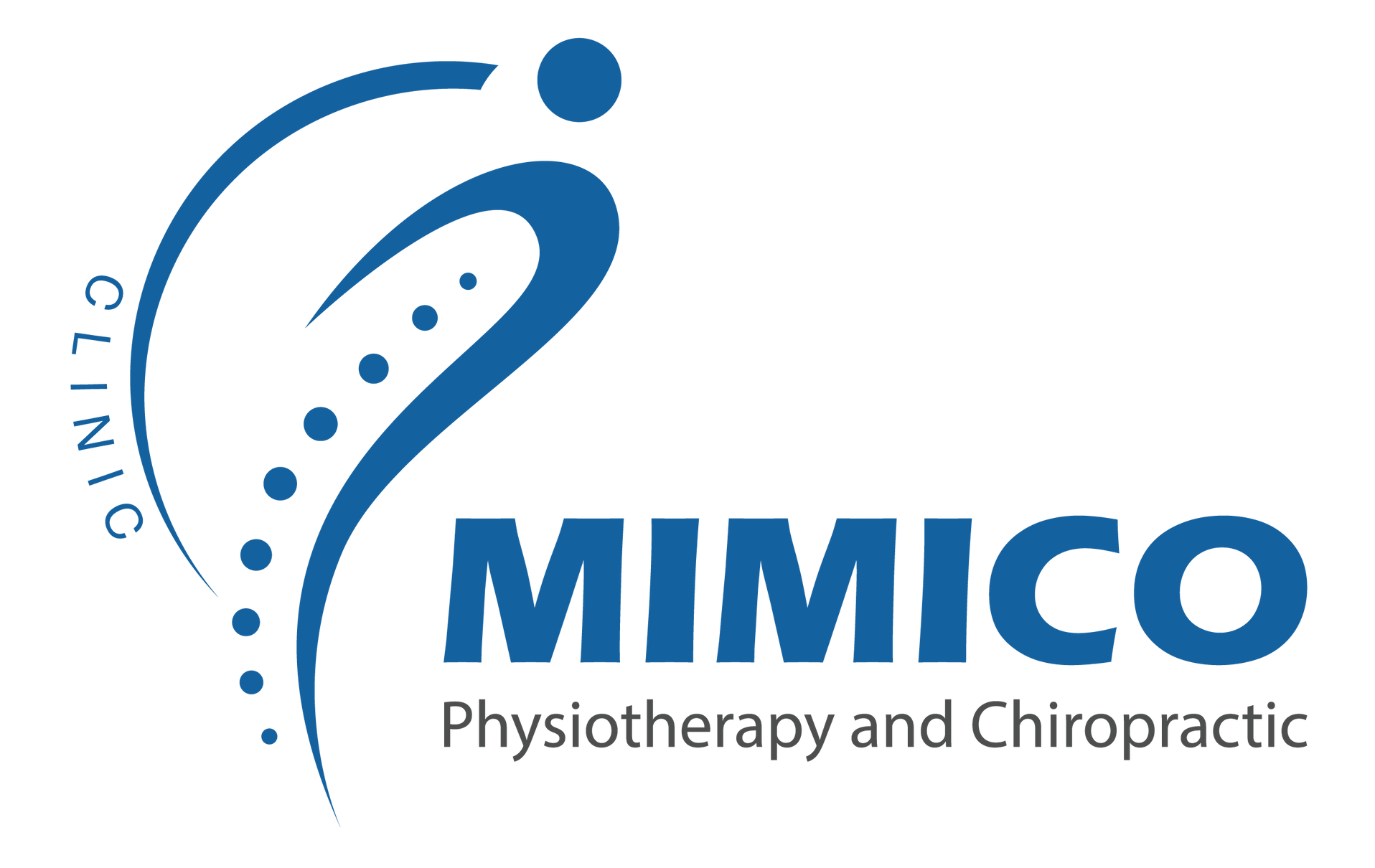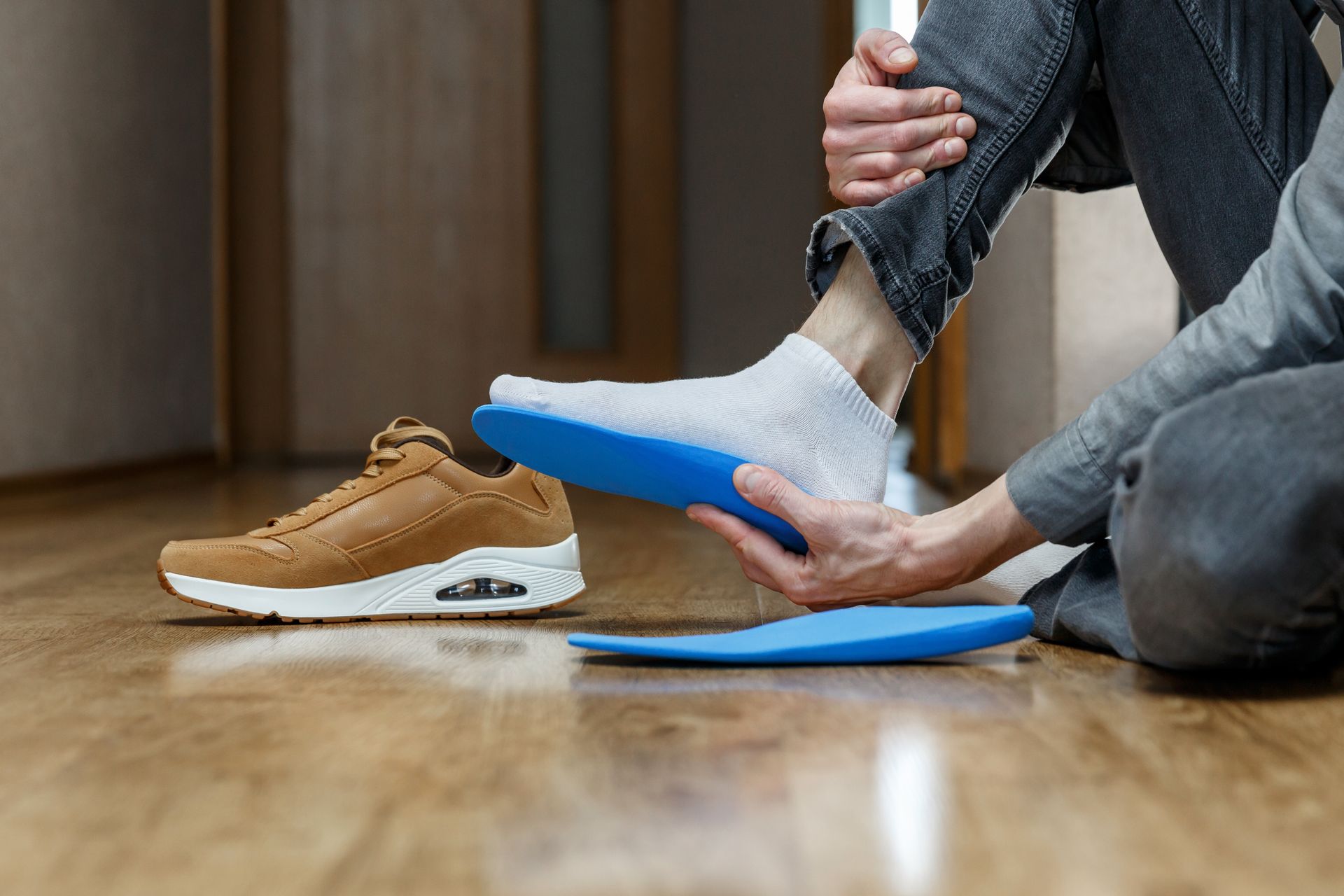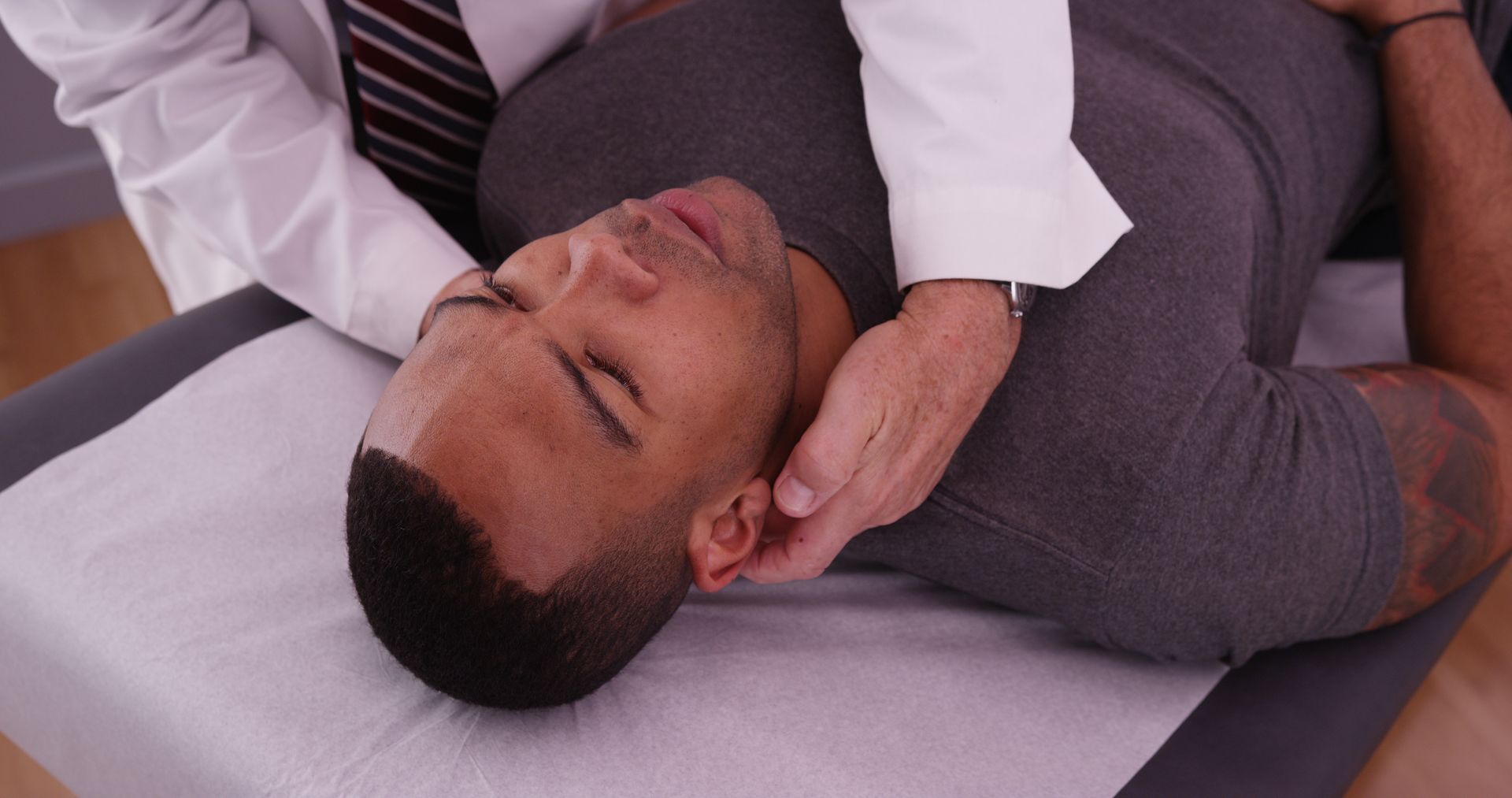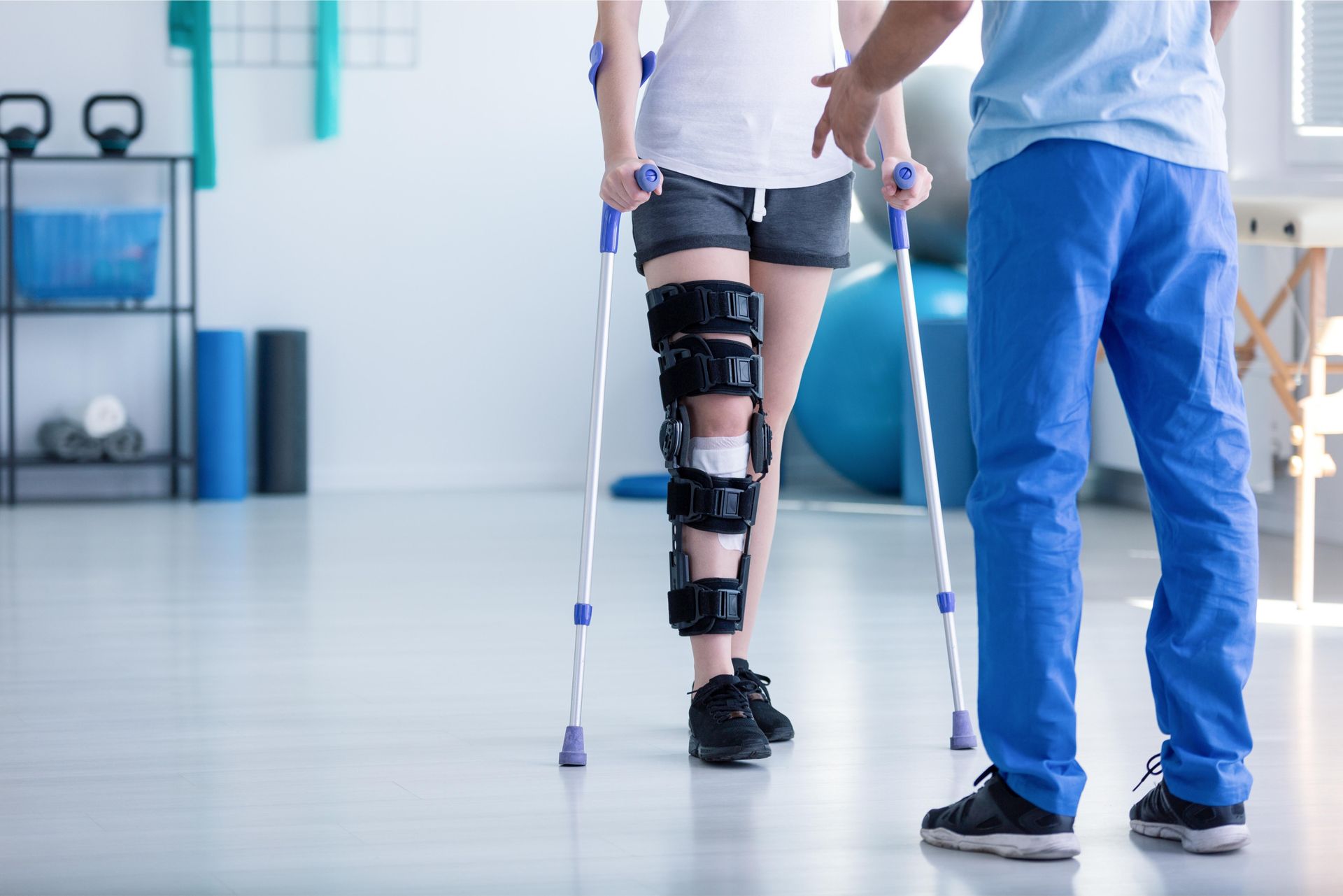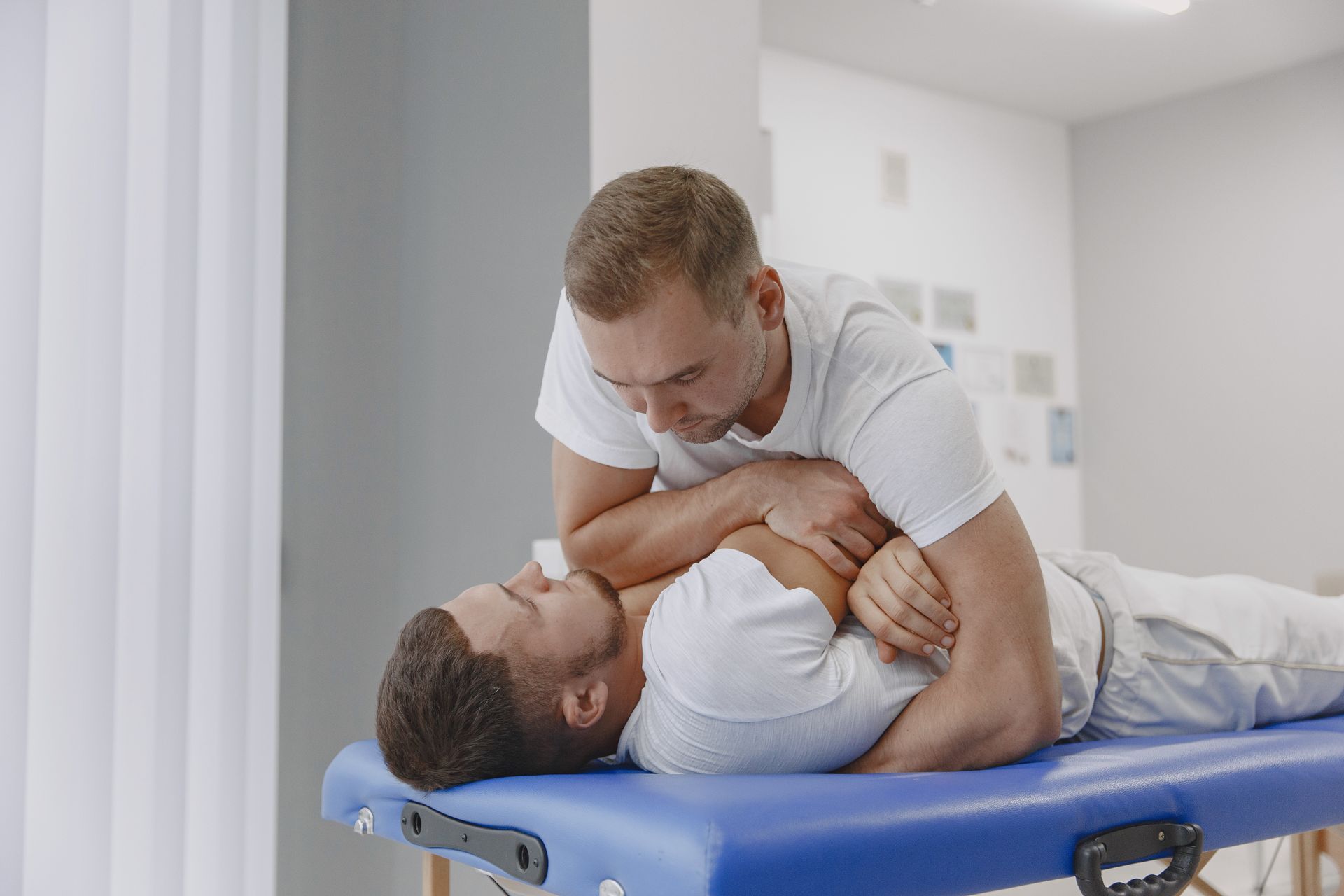Whiplash 101
Neck pain can be debilitating, making it difficult to do just about anything. When you’re in pain at all times, no matter if you’re walking, standing, sitting, or lying down, this makes life tough. The same is also true if you have limited range of motion in your neck.
One common type of neck injury that causes pain and reduces range of motion is whiplash.
What is Whiplash?
Whiplash is an injury that is caused by forceful or rapid back-and-forth movement of the neck. When your head moves backward and forward quickly with force, such as if you are in a rear end car accident, this can cause damage to the soft tissues in your neck.
During whiplash, your neck is extended beyond its typical range of motion. The rapid movement stretches or tears the ligaments and tendons in your neck. The joints located between the vertebrae in your spine and the discs in your spine – as well as the nerve roots – can also be damaged during a whiplash incident.
Causes and Symptoms of Whiplash
As mentioned, one of the most common causes of whiplash is a rear end collision in a vehicle. However, this is not the only cause. Whiplash can result from any situation where your neck is moved backward and forward with force.
For instance, you can suffer whiplash during contact sports such as football or hockey. You can even get whiplash if you are punched or shaken quickly. Whiplash can occur on amusement park sides as well.
Some of the symptoms associated with whiplash include:
- Neck stiffness and pain
- Lack of range of motion in your neck or pain when moving
- Tingling or numbness in your arms
- Pain in your shoulders, arms, or upper back
- Fatigues
- Dizziness
- Headaches
There are some additional symptoms that are less common, but that can occur in some people. These include:
- Concentration or memory problems
- Ringing in the ears
- Problems concentrating
- Sleep issues
- Blurred vision
- Irritability or depression
In some cases, you will not experience symptoms right away.
When to Seek Medical Attention
Many cases of whiplash can be treated at home with ice and over the counter pain medication. However, in some cases, you could suffer chronic pain that lasts for months or even years and that can potentially lead to long-lasting complications. Professional treatment is needed in these situations.
In general, it’s a good idea to get medical attention if you have gone through an accident, sports collision, or any other traumatic event and you’re feeling pain or other whiplash symptoms. Not only can a medical professional provide you with a treatment plan, but they can also rule out broken bones and other significant problems.
While most people who have whiplash recover within weeks and many do not have any long-lasting effects from the injury, if you have continued pain, intense pain, numbness, or other more serious symptoms, you will want to get treatment from a professional right away.
Treatment Options
There are many whiplash treatment options available. Which one will be considered for you will depend on your situation. One treatment that provides relief for many people is chiropractic treatment. When you work with a chiropractor, they will do a full evaluation of your spine. This will help them identify your issue and determine if any additional regions are affected other than your neck.
The suggested treatment will depend on your issue, but many people find relief from spinal manipulation sessions. These are designed to help treat any bulging or herniated discs in your neck or back that could be causing you pain.
Chiropractors can also help with muscle relaxation. In many cases, if your muscles are tight as a result of an injury, this will cause pain and reduce your range of motion. By using gentle pressure and techniques, the chiropractor will relax these muscles and help alleviate pain or discomfort.
For more information on how whiplash can be treated, or to speak to our team about your own personal situation, please call at 905 897 5452 or contact us online .
